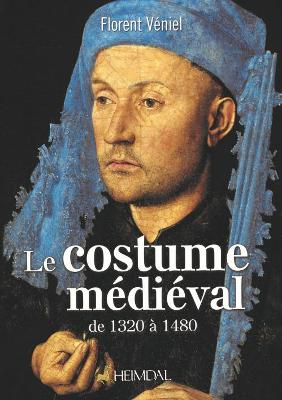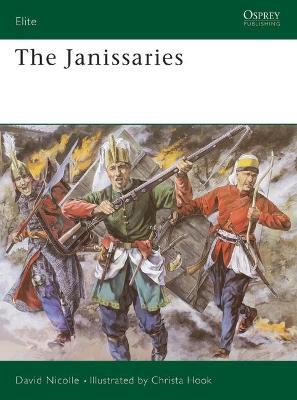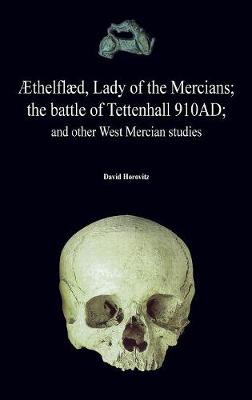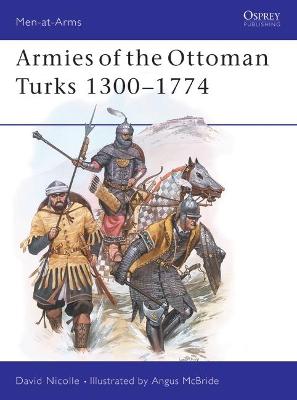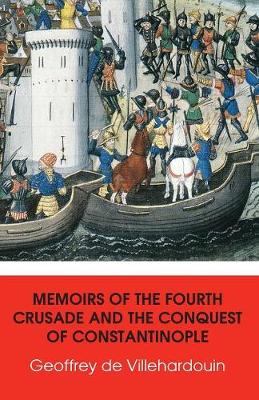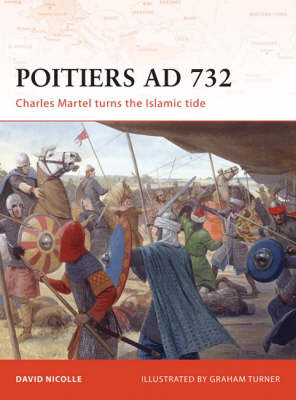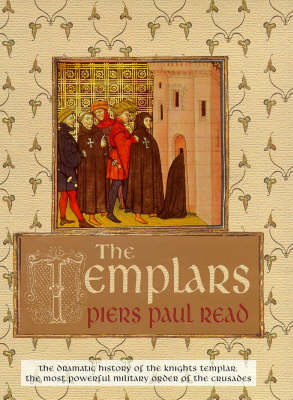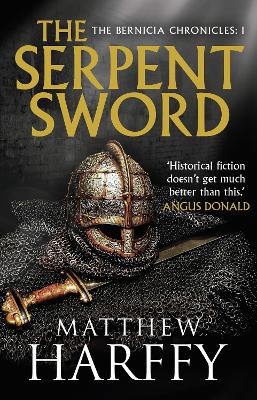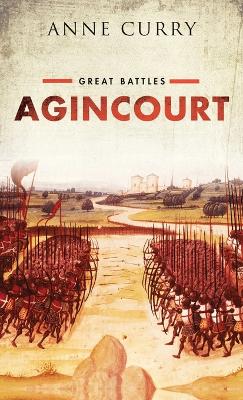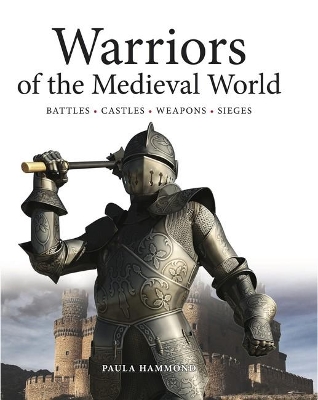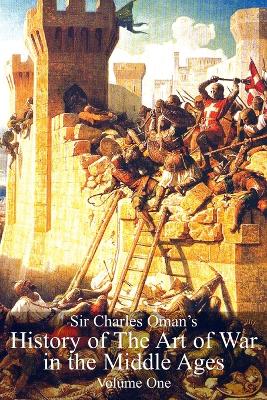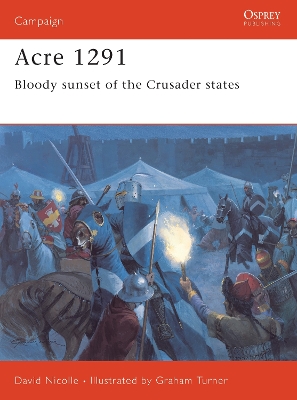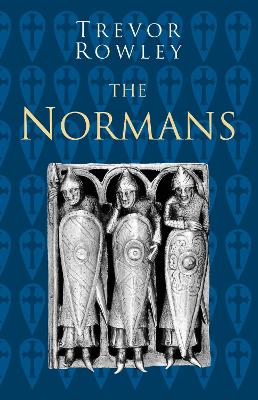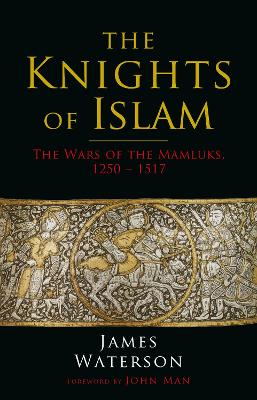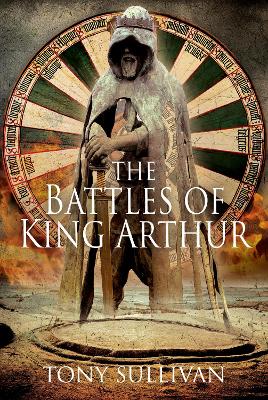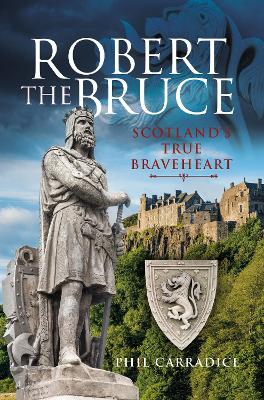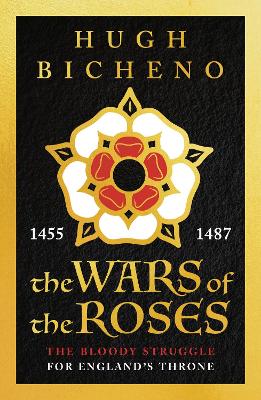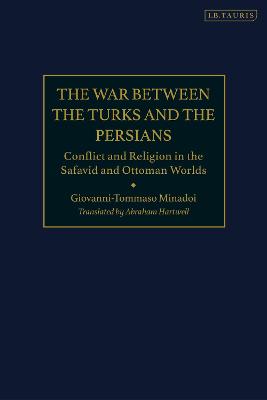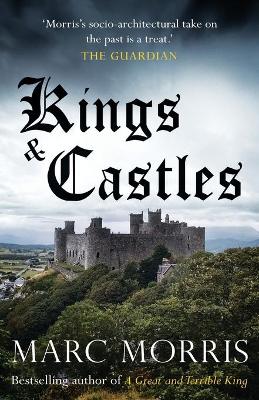Finally, a detailed, precise, modern work on medieval dress of the thirteenth and fourteenth centuries (1320-1480). Taking cues from the works of Viollet-le-Duc and Adrien Harmand, the first part is devoted to jewels and accessories, the second to male dress, and the third to female dress. Rich, color photographs with multiple reenactors allow a true understanding of medieval costume. A work of reference.
The Janissaries comprised an elite corps in the service of the Ottoman Empire. It was composed of war captives and Christian youths pressed into service; all of whom were converted to Islam and trained under the strictest discipline. In many ways, Jannisaries reflected Ottoman society, which was itself dominated by a military elite and where there was much greater social mobility than in Europe. On top of this, the Turks looked upon Europe much as the early Americans viewed the Western Frontier...
thelfl d, Lady of the Mercians; The Battle of Tettenhall 910ad; And Other West Mercian Studies.
by David Horovitz
Armies of the Ottoman Turks 1300-1774 (Men-at-Arms, #140)
by David Nicolle
The birth of the Ottoman state is shrouded in legend. Whatever the truth of its origins, the Ottoman's formed an Empire which almost succeeded in bringing Christian Europe to its knees. During the last decades of the 13th century, the ambitious Osman Bey's tiny mountain state took eight frontier castles plus the Turkish town of Eskisehir. In 1299 Osman seized Yenisehir after working up the Kara Su valley. With this as its first real capital, the Ottoman state emerged into history poised above th...
Wars of the Roses (Men-at-Arms, #145) (Osprey military histories)
by Terence Wise
Much myth and fantasy surrounds the events of the Wars of the Roses (1455-1485): a bloody and prolonged dynastic struggle between the houses of York and Lancaster. Terence Wise's fascinating text lays bare the real story, and examines the armies, liveries and badges of the conflict. The author's readable account provides a comprehensive guide as to who fought whom, where, when, why and for what, from the origins of the Wars to such famous battles as Tewkesbury and Bosworth. The accompanying phot...
Memoirs of The Fourth Crusade and The Conquest of Constantinople (History Matters, #3)
by Geoffrey de Villehardouin
In the early decades of the 8th century AD, Islamic forces were flooding into Europe through the Iberian peninsula, threatening Frankish and Burgundian territory and raiding it with ever-increasing ferocity. At the battle of Poitiers, also known as Tours, Christian forces under the Frankish leader Charles Martel 'The Hammer' (grandfather of Charlemagne) confronted a massive invading Islamic army. The Franks were victorious, effectively halting the northward advance of Islam and preserving Christ...
The Knights of the Temple of Solomon were a military and religious order founded in Jerusalem by two French Knights after the First Crusade. Its original purpose was to protect pilgrims from infidel attack as they journeyed to the Holy Land. St Bernard of Clairvaux drew up the order's rules, which included fighting the enemies of God under vows of chastity, poverty and obedience. The Templars had no difficulty in finding recruits. The promise of salvation through a life of action and adventu...
How the Mongol invasions of the Near East reshaped the balance of world power in the Middle Ages. For centuries, the Crusades have been central to the story of the medieval Near East, but these religious wars are only part of the region's complex history. As The Mongol Storm reveals, during the same era the Near East was utterly remade by another series of wars: the Mongol invasions. In a single generation, the Mongols conquered vast swaths of the Near East and upended the region's geopolitics....
'HISTORICAL FICTION DOESN'T GET MUCH BETTER THAN THIS' ANGUS DONALD AD 633 Beobrand is a young man with a shadowy past. As an outsider in the kingdom of Bernicia, he is compelled to join his brother, Octa, as a warrior in the household of King Edwin. He must learn to fight with sword and shield to defend the war-ravaged kingdoms of Northumbria. In a period of great upheaval for Dark Age Britain, all he finds is death and war. Men and women strive to seize control of their destinies in a time...
Agincourt (1415) is an exceptionally famous battle, one that has generated a huge and enduring cultural legacy in the six hundred years since it was fought. Everybody thinks they know what the battle was about. Even John Lennon, aged 12, wrote a poem and drew a picture headed 'Agincourt'. But why and how has Agincourt come to mean so much, to so many? Why do so many people claim their ancestors served at the battle? Is the Agincourt of popular image the real Agincourt, or is our idea of the ba...
Why were medieval castles so difficult to capture? How did boys train to become knights? What were the deadliest weapons used during the Middle Ages? How did soldiers attack a castle? This exciting book helps less-confident readers aged 8-12 find out the answers to these questions and more. Warriors in the Medieval World examines the different roles of foot soldiers and knights, armour for soldiers and also for horses, battering rams and sieges, the development of ever more fortified castles and...
Sir Charles Oman's History of The Art of War in the Middle Ages Volume 1
by Sir Charles William Oman
In April 1291, a Mamluk army laid siege to Acre, the last great Crusader fortress in the Holy Land. For six weeks, the siege dragged on until the Mamluks took the outer wall, which had been breached in several places. The Military Orders drove back the Mamluks temporarily, but three days later the inner wall was breached. King Henry escaped, but the bulk of the defenders and most of the citizens perished in the fighting or were sold into slavery. The surviving knights fell back to their fortress...
In the early 14th century, a new weapon entered the arsenals of European armies. This first generation of black powder weapons put fear into the heart of the enemy and in 1453 Ottoman cannon succeeded in pummelling the once-impregnable walls of Constantinople. But cannons, which are both slow and cumbersome, were difficult to use and often proved inaccurate. The first handgonnes were the answer. Easily dismissed by later historians as nothing more than crude tubes that shot wildly inaccurate lea...
The Normans were a relatively short-lived cultural and political phenomenon. The emerged early in the tenth century and had disappeared off the map by the mid-thirteenth century. Yet in that time they had conquered England, southern Italy and Sicily, and had established outposts in North Africa and in Levant. Having traced the formation of the Duchy of Normandy, Trevor Rowley draws on the latest archaeological and historical evidence to examine how the Normans were able to conquer and dominate s...
The author brings together a wealth of information which has, until now, only been available in highly specialised academic journals and scholarly books' - David Nicolle 'An astonishing array of themes and characters' - John Man The Mamluks were, at one distinct point in history, the greatest body of fighting men in the world and the quintessence of the mounted warrior - reaching near perfection in their skill with the bow, lance and sword. Their story embraces many of the great themes of me...
The ninth century Historia Brittonum is the first source that mentions Arthur and lists twelve battles, including the famous Badon Hill. Much ink has been spilt debating the identity and location of Arthur. This book will demonstrate that some of the battles can indeed be located with some confidence. Rather than fit a specific theory as to his identity the battles are placed in the fragmenting provincial, political and military context of the late fifth and early sixth century Britain. At a tim...
Robert the Bruce is a detailed account of the life and times of the Scottish hero and monarch. It covers his life from childhood to death, looking at the political, social and military life of Scotland before, during and after the time of Robert the Bruce. The book looks at the relationship between The Bruce and people like Edward I and Edward II of England, William Wallace and the other contenders for the Scottish crown. The main thrust of the book is a chronological account of how The Bruce c...
THE REAL GAME OF THRONES... The Wars of the Roses were a prolonged brawl over an inheritance by a deeply dysfunctional extended family. The inheritance in question was the throne of England; the story is one of unbridled ambition and murderous treachery. From the 1450s, when the mentally unstable Henry VI struggled to control the violent feuding of his magnates, through the rise and fall of Richard of York, to the chaos and bloodshed of the 1470s which followed Edward IV's accession and his se...
The Ottoman–Safavid conflict was viewed by the countries of Europe as being beneficial to their interests and there was therefore a subsequent hunger for up-to-date intelligence of events in that part of the world. As resident physician to the Venetian legation, Giovanni-Tommaso Minadoi he made use of his wide contacts within the community to gather this vital commercial and diplomatic intelligence. This book provides a detailed and lively account of the war between the Ottoman and Safavid dyn...
